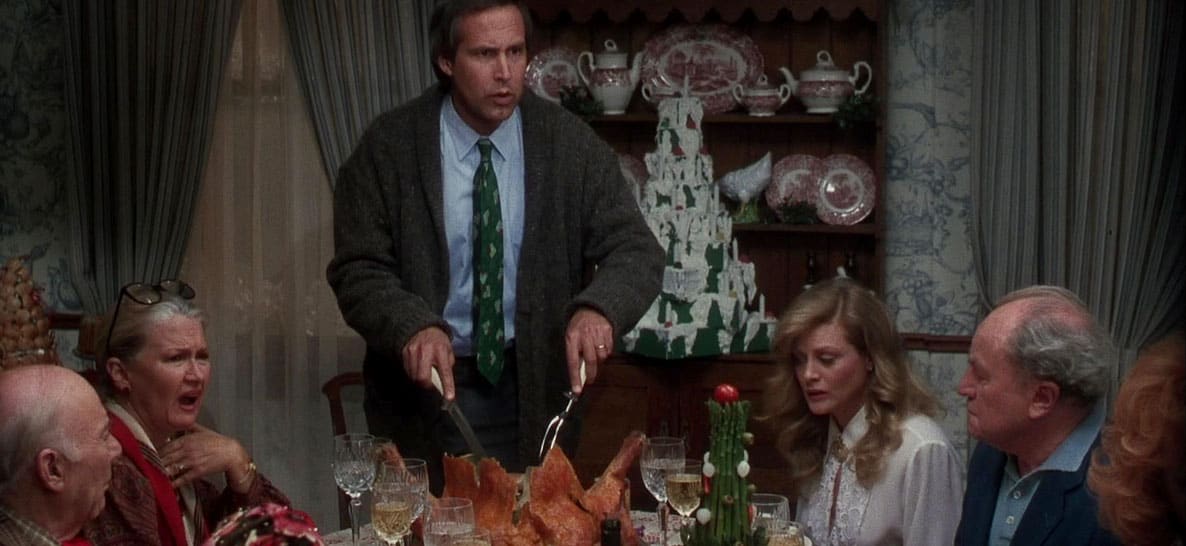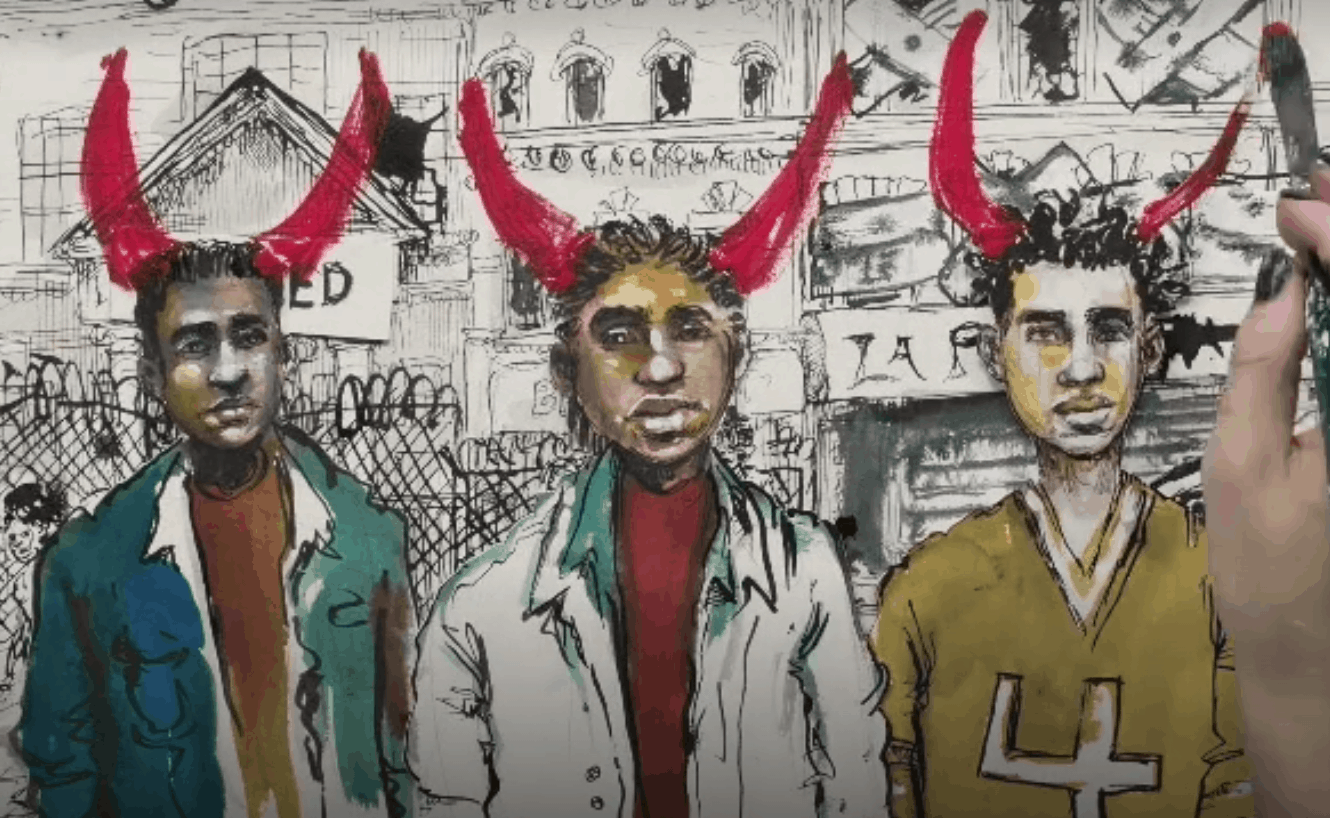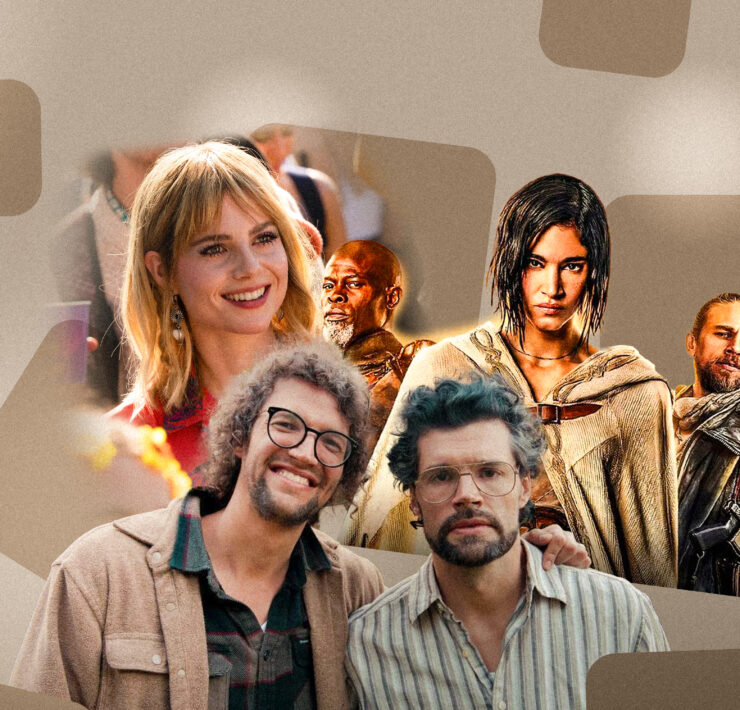
Gene Wilder passed away a few weeks ago. He was 83. I was fed a steady diet of his films as I grew up—most notably, The Silver Streak, Young Frankenstein, and Willy Wonka and the Chocolate Factory—the original live-action adaptation of Roald Dahl’s dark classic, Charlie and the Chocolate Factory.
Years after first watching his films I became an incoming freshman at what was a small, rustic bible college in eastern Pennsylvania. It was the former home of Valley Forge General Hospital—a United States Military community that served over 200,000 wounded warriors between WWII and Vietnam.
It was considered a groundbreaking facility at the time—namely for its advancements in the treatment of the blind (as depicted in the Oscar nominated 1951 film Bright Victory). It offered a quality of care that couldn’t be found anywhere else. For a season and in secret, its sprawling grounds housed Nazi prisoners of war.
These are peculiar facts that most incoming freshmen at a Bible college wouldn’t know or wouldn’t care to know. That’s because heritage is having its final disappearing act.
A Fleeting Connection
When I arrived in the summer of 2000, many of the buildings remained the same as they were in that 1951 star-studded film. There was a lot of demolition going on and a lot of new construction going up. I walked the long hallway between the administration building and the cafeteria often.
It was like accidentally stepping back into another time–a time when honor and sacrifice were important, a time when men and women in white lab coats wheeled patients and soldiers through narrow, creaking hallways.
One of those men in white coats was a young aspiring actor and Valley Forge General Hospital employee, Gene Wilder.
The way I saw it, it was a remarkable historical fact that an 18-year-old seminary student was walking the same hallways as “Willy Wonka,” and it suddenly became clear to me that Valley Forge Christian College, in all of its dilapidation, was “a place of pure imagination,” and not what it appeared to be.
Before my parents left me in my small dorm room, my father lamented that it looked like “a bomb went off” on the campus. It’s true. It was undergoing a steady and lengthy process of renovation—and had I not taken an interest in its heritage—a heritage that I was now grafted into—I would have had an entirely different experience.
A love for heritage gave me a golden ticket.
Even without Gene Wilder the unique history of the small campus outside of Philadelphia is and was bountiful. Comprehending that ministers in training were sharing a space with men and women who sacrificed on the front lines and behind the scenes was both poignant and humbling.
As time goes on we are losing connection with our heritage—one that must be embraced to have a more full and rewarding Christian life—because of shame and ignorance.
There are three types of heritage we must reclaim before they are gone for good.
1. Family Heritage
This is your family tree—your personal roots. It’s your nationality.
My grandfather was a Hungarian immigrant who served the Army Air Corps with bravery. He was a schoolteacher in New York for 30 years after that. He was a legend whose shoes I wasn’t fit to carry, let alone fill.
His memory has left us with a desire to overcome adversity and pursue excellence and dedication in every area of life.
2. Corporate Heritage
Corporate heritage is the history of your workplace or your community of faith.
For a young youth pastor, it was the history of the 287-year-old church in central Pennsylvania that housed his ministry. It was a powerful heritage that now fostered him—one that must be gleaned from.
As a former salesman for Hyundai, it was the history of the company—which early on served US troops stationed in Korea during World War II. They grew from a small service station to the world’s foremost producer of steel and the sixth largest automaker in the United States.
3. Christian Heritage
This is an understanding of your Christian roots—from Jerusalem, Syria, Turkey and beyond.
For me, it’s the understanding that the biblical character who still inspires so many men and women, Paul the Apostle, was from Turkey and radically saved in Syria.
It’s an understanding that Jesus was a Middle Eastern figure—not an American one.
When I was a youth pastor I was stunned by how many of my students believed that Jesus was American and that scripture was written 200 years ago.
I can’t imagine a full faith in Christ without also understanding who Christ was, where He was, and when and why He was there. When you grow to appreciate the origins (and the color) of Christianity, not only is your faith deepened but so is your love for an embattled part of the world.
Twice a year, University of Valley Forge (when I attended it was called Valley Forge Christian College and Eastern Bible Institute before that) offers a “breakaway” for prospective students to experience what life is like on the campus. Prospective and current students dine together, attend classes together, enjoy recreation together and worship together.
It was a formative and emotional experience when I was a fiery, starry-eyed teenager.
Prospective students can not only do the aforementioned, but they have an opportunity to embrace a compelling component of campus life—that is, its heritage and its history.
After all, we can’t properly navigate to where we are going if we are incapable of recollecting where we’ve been as individuals, as families and as communities of faith.






















